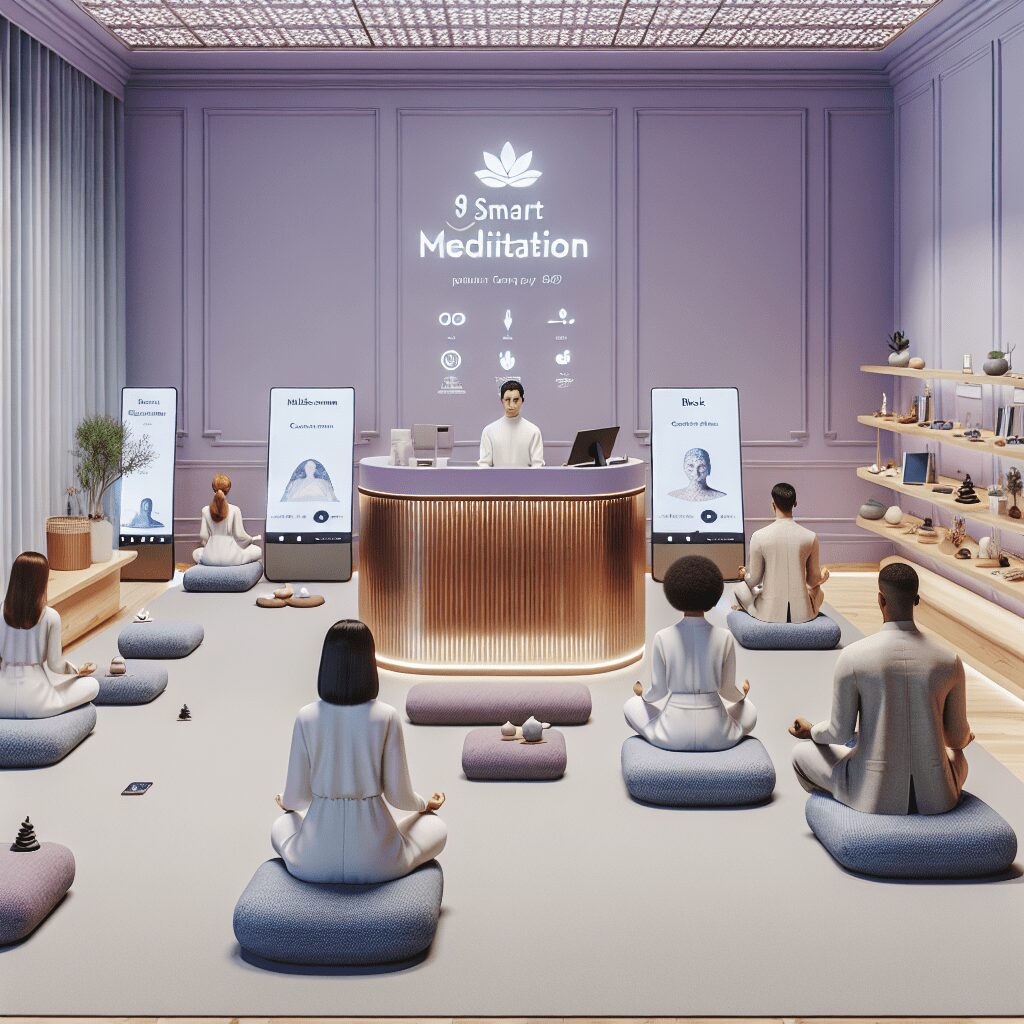
Prioritize your mental well-being daily. Enhance your life by nurturing your mental health with the Smart Meditation app. Break free from stress, alleviate anxiety, and enhance your sleep quality starting today.
What Does Anxiety Feel Like Physically?
Unraveling the Enigma of Anxiety’s Physical Manifestations
In a world where mental health has finally begun to receive the recognition it deserves, discussing conditions like anxiety has become crucial. Far from being a mere fleeting worry or nervousness, anxiety can cast a long shadow on one’s physical well-being. It’s like carrying an invisible backpack filled with bricks—it weighs you down without others noticing. So, what does this insidious backpack feel like? Let’s dive in.
The Tangible Weight of Worry
Anxiety is a crafty beast, manifesting in ways that can sometimes bamboozle even the savviest of us. When it strikes, it’s not just your mind that’s in turmoil; your body joins the fray, too.
-
The Racing Heart Club: Ever felt like your heart’s trying to sprint to the finish line without your consent? That’s anxiety knocking on your door. Palpitations or an unusually fast heart rate can make you feel as if you’re gearing up for a marathon you never signed up for.
-
A Respiratory Rollercoaster: Shortness of breath is another unwelcome guest of anxiety. It’s like trying to breathe through a straw—frustrating and downright scary.
-
The Muscle Mystery: Ever wake up feeling like you’ve run a marathon, despite spending the day on the couch? Anxiety loves to make its presence known through muscle tension and unexplained aches.
-
Sweat, Sweat, Baby: Anxiety can turn on your sweat glands like nobody’s business. It’s not just a bit of “glow;” it’s more like someone cranked up the internal thermostat to max.
-
Gastric Gymnastics: Ever had those butterflies in your stomach morph into a full-blown zoo? Anxiety can cause nausea, stomach upset, and even diarrhea. Talk about adding insult to injury.
-
Headaches from Hell: And let’s not forget about the head—migraines and tension headaches are often part and parcel of the anxiety package.
Navigating the Stormy Seas of Anxiety
So, you’ve got a front-row ticket to the anxiety show. Now what? It’s not all doom and gloom. Recognizing the physical symptoms is step one on the path to mastering your anxiety. Here’s what you can do next:
-
Knowledge Is Power: Understanding that your physical symptoms are linked to anxiety can demystify the experience and reduce its power over you.
-
Befriend Your Breath: Techniques like deep breathing or mindfulness can help calm the stormy seas of your respiratory issues.
-
Move It: Engaging in physical activity can be a game-changer. It’s like telling anxiety, “Not today, buddy,” by channeling the excess energy.
-
Seek and You Shall Find: Sometimes, the DIY approach just doesn’t cut it. Don’t hesitate to seek professional help. Therapists can provide tools and strategies to help you navigate through anxiety’s choppy waters.
Drawing the Curtain
Anxiety’s physical symptoms can be as perplexing as they are taxing, transforming the body into a canvas of worry. However, like every cloud has a silver lining, understanding and acknowledging these symptoms can pave the way for effective management and, eventually, peace. Remember, it’s not about waiting for the storm to pass; it’s about learning to dance in the rain.





